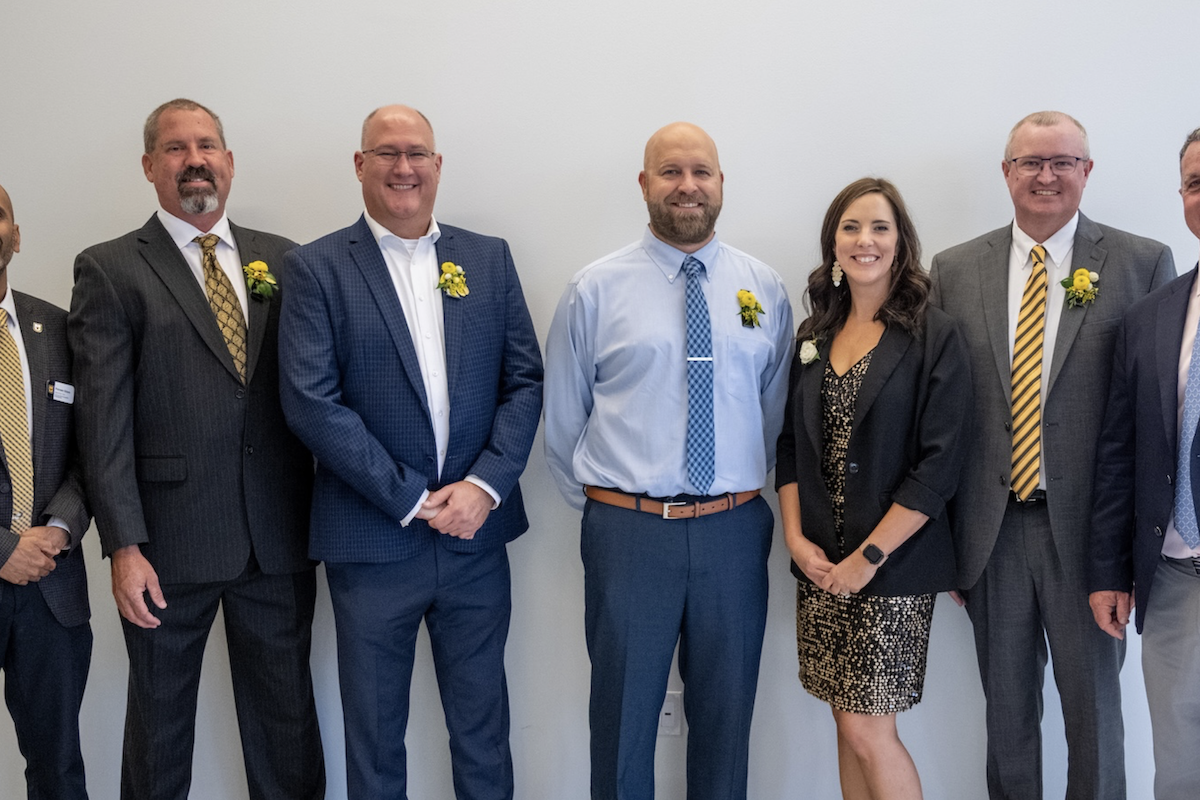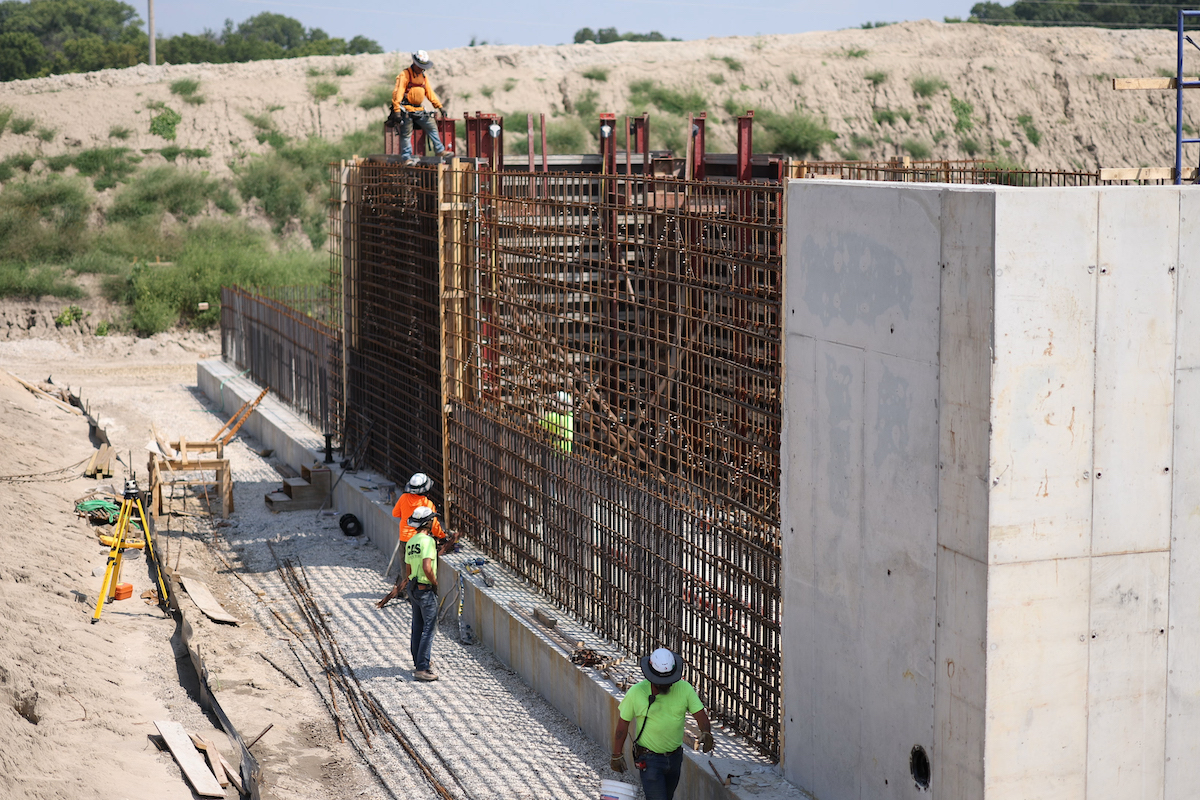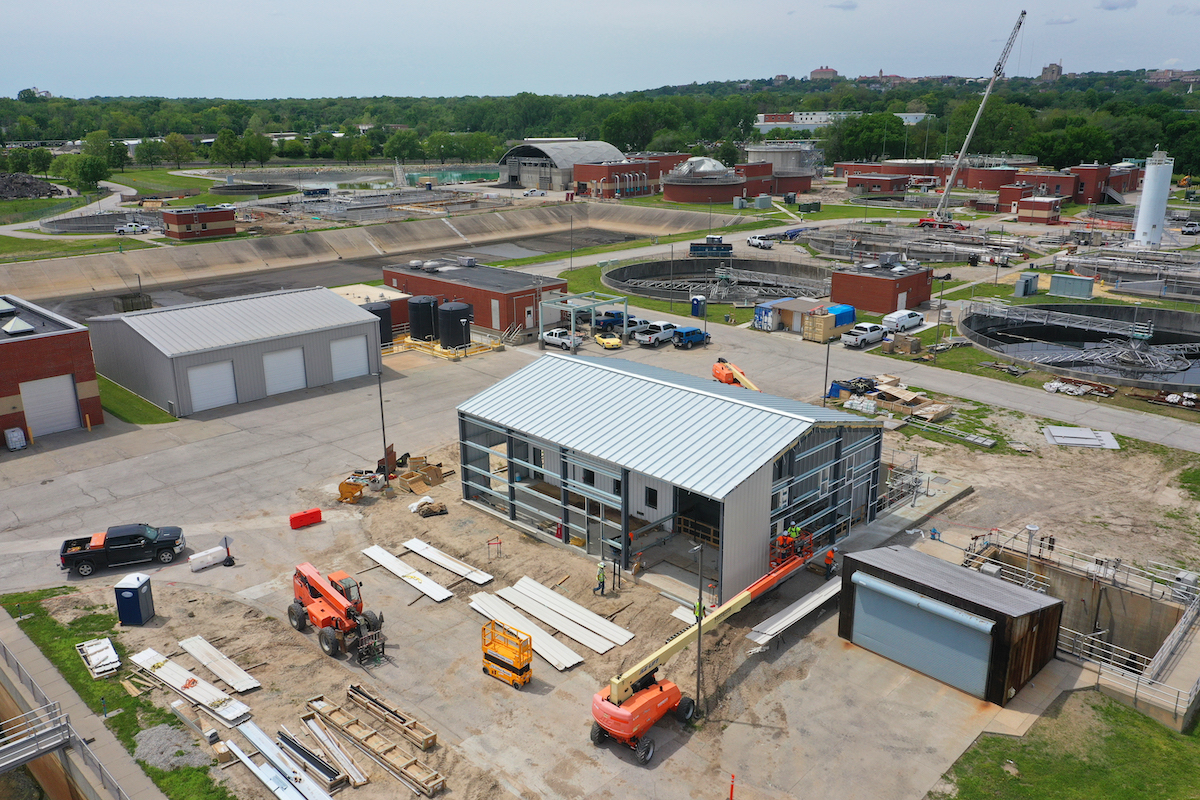The route of I-275 through Wayne County serves as a western bypass for the Detroit metropolitan area and provides access to the Detroit Metropolitan Airport, making the highway one of the state's most heavily traveled corridors. In addition to airport access, I-275 is also an important route for commuter and commercial traffic; the corridor sees varying levels of traffic throughout the full 24 miles of the project limits but the upper range is as much as 190,000 vehicles per day with a heavy truck and commercial traffic volume.
The project limits are on I-275 from just south of the Wayne/Monroe County line northerly to just north of 6-Mile Road.
As MDOT Project Engineer Jeff Horne explains, “The I-275 corridor passes through several rural and urban communities. It serves several local interchanges as well as interconnects two major freeway interchanges, including I-94 and the I-96/ M-14 interchange. Thus, this corridor not only serves local traffic and many businesses, but also serves the long commuters between Detroit, Ann Arbor, and Lansing.”
The original concrete highway – which was more than 50 years old – had been paved over with asphalt several times over the years. I-275′s bridges had bridge surfaces, barriers, piers, and beams, which frequently required repair work. Horne reports, “The I-275 Rebuilding Project was created to address a long-standing problem of the greatly deteriorated pavement condition of approximately 24 miles along this busy corridor. The project includes 14 miles of road reconstruction, 10 miles of concrete pavement rehabilitation, signing upgrades, guardrail replacement, new pavement markings, intelligent transportation system (ITS) installation, new and improved drainage with storm sewers and culverts throughout, and bridge rehabilitation of 65 total bridges that includes deck patching, epoxy overlays, deep overlays, railing replacement, railing patching, deck joint replacement, pier reconstructions, concrete surface coatings, and approach pavement replacement.” He points out that while no new lanes have been added, the overall width is slightly wider due to improved median shoulder width.

| Your local Topcon Positioning Systems Inc dealer |
|---|
| Star Equipment LTD |
“The project also addresses potential safety issues that existed due to the deteriorated condition of the old infrastructure,” says Horne.
The third phase now underway includes the rebuilding of 13.5 miles of northbound roadway and bridge rehabilitation. Dan's Excavating Project Manager John Morse reports, “We are currently about 30 percent complete with northbound construction.” He explains that the project schedule called for completion in four phases:
- Phase 1: Build crossovers, shoulder widenings, and pavement repairs (August 2021 – December 2021)
- Phase 2: Southbound reconstruction (March 2022-December 2022)
- Phase 3: Northbound reconstruction (April 2023-November 2023)
- Phase 4: Restoration, ITS completion, integration, and testing (April 2024-August 2024)
Horne adds, “The overall project is approximately two thirds complete, including 10 miles of pavement repairs and work on roughly 42 structures, and all mainline southbound I-275 has been reconstructed. All northbound and southbound traffic is currently on the newly constructed southbound pavement while work continues to reconstruct northbound mainline.”
“However, with the passing of the Governor’s Rebuild Michigan bond program, the project was selected to receive additional funds that would allow the opportunity to finally address the underlying conditions and bring the corridor to the level of service that provides a very long-lasting infrastructure.”
As the project planning evolved, a process was developed to minimize full freeway closures, detours, or extensive traffic flow disruptions. As Horne explains, “The project was originally planned to maintain traffic on both the southbound and northbound existing pavement, with the plan to rebuild mainline part-width using a split-merge traffic scheme. While this minimized full freeway closures, the contractor proposed a value-engineering change, which was ultimately accepted, where all traffic is placed on only one side of the existing corridor so that reconstruction of the other bound could be done with much less traffic interaction. This is safer for the motoring public and for the construction team. This scheme also provided some overall time and cost savings.”
Horne reports that the public has been informed of all phases of the project via several public meetings before and during the project as well as direct email communication with the local community public offices. “Press releases of major stage changes and ramp closures are given to the public via MDOT Communications. The project also maintains a dedicated website of those anticipated closures and provides other up-to-date information. The project uses MDOT Twitter and Facebook social media outreach. Finally, there is also a dedicated ombudsman and ombudsman phone number for those who wish to call-in with specific concerns or questions.”
“The major benefit to be received from this rebuild initiative is that the I-275 corridor will provide a long-lasting pavement that will not need continual repairs as has been an issue for so many prior years,” says Horne.
- Contractor: Dan's Excavating, Inc.
- Design: Michigan DOT Metro Region, AECOM (consultant) Wade Trim (consultant)
- Michigan DOT: Taylor TSC (Transportation Service Center), Metro Region CFS (Construction Field Services), Lansing CFS, Lansing Bureau of Bridges
- Prime Consultants: Great Lakes Engineering Group, TYME Engineering, ROWE Incorporated, WSP Michigan
- Sub-consultants: BLN Associates, Atkins, SSI, SOMAT, Tetra-Tech Michigan, HNTB Michigan, OHM, AECOM, Fishbeck, Wade Trim, HRC, Mannik Smith Group
- MDOT Small Business Program Consultants: Abonmarche, Hennessey Engineers, RS Engineering













































































